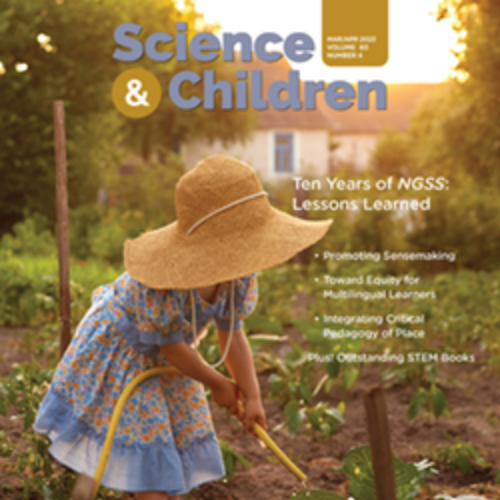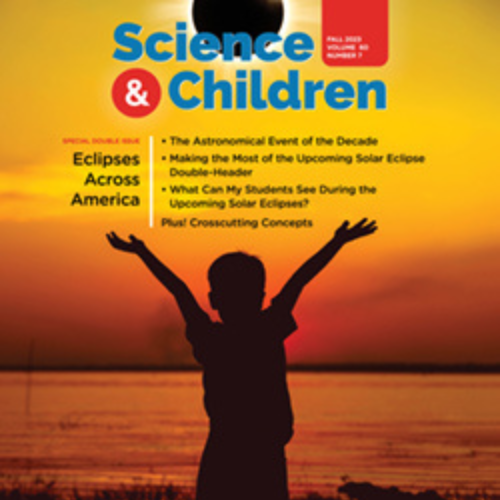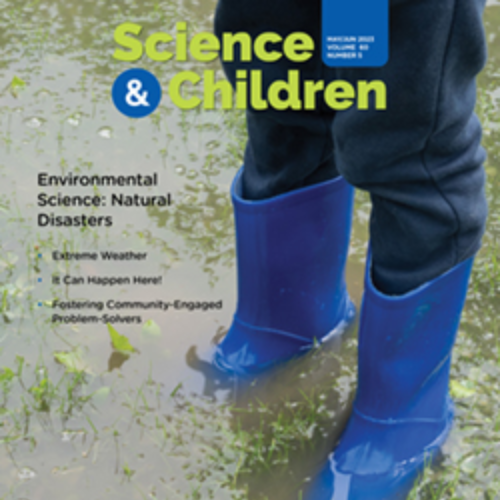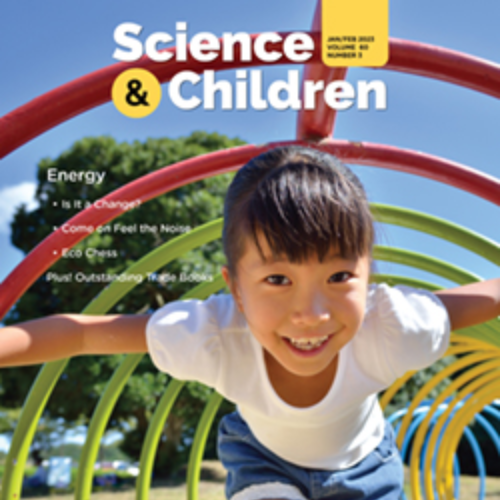Leadership Matters: Tools, Strategies, and Resources to Support Leaders
Educational leadership encompasses various roles and opportunities, from classroom experts to national policy decision-makers. In collaboration with the National Science Education Leadership Association (NSELA), Science and Children will explore aspects of developing and supporting science educator leadership within the classroom, school, district, and beyond. This column will highlight innovative, best-practice ideas in K–5 science and engineering teaching and learning that reflect the vision of A Framework for K–12 Science Education (NRC 2012) to enhance teaching and learning in preschool and elementary science classrooms. Length: 2000 words.
Article suggestions for this column include, but are not limited to, the following:
-
Share examples of science education leadership opportunities, enhancing the professional competence and leadership status of elementary science education.
-
Provide pathways that promote equitable opportunities and cultural awareness in science and STEM teaching and learning, including the involvement of families and the community.
-
Share ideas for universities and/or informal science institution partnerships in which efficient and effective leadership opportunities for elementary science are practiced.
-
Illustrate how shifts in science teaching and learning can be sustained and supported through transformative professional development and leadership roles for elementary educators.
-
Share practical strategies, tools, and resources elementary science leaders can use to build the confidence and capacity of elementary teachers to teach science effectively.
Please contact column editor Kathy Renfrew at krsciencelady@gmail.com for more information and submissions.
Leadership Matter Column Archives
-
 What Science Should Look and Sound Like
$0.00$0.00 - Member price
What Science Should Look and Sound Like
$0.00$0.00 - Member price -
 The Power of Teacher Leadership: Unlocking the potential of science educators
$0.00
The Power of Teacher Leadership: Unlocking the potential of science educators
$0.00 -
 The Importance of Partnership, Support, and Sustained Professional Development
$0.00$0.00 - Member price
The Importance of Partnership, Support, and Sustained Professional Development
$0.00$0.00 - Member price -
 Leading Effective Science Curriculum-Based Learning
$0.00
Leading Effective Science Curriculum-Based Learning
$0.00 -
 Leadership’s Role in Elementary Science Safety
$0.00$0.00 - Member price
Leadership’s Role in Elementary Science Safety
$0.00$0.00 - Member price -
 Leadership is essential for elementary science; however, leaders need support just as much as those they lead.
$0.00$0.00 - Member price
Leadership is essential for elementary science; however, leaders need support just as much as those they lead.
$0.00$0.00 - Member price -
 Advocating for Science from Within the Classroom
$0.00
Advocating for Science from Within the Classroom
$0.00

.png)